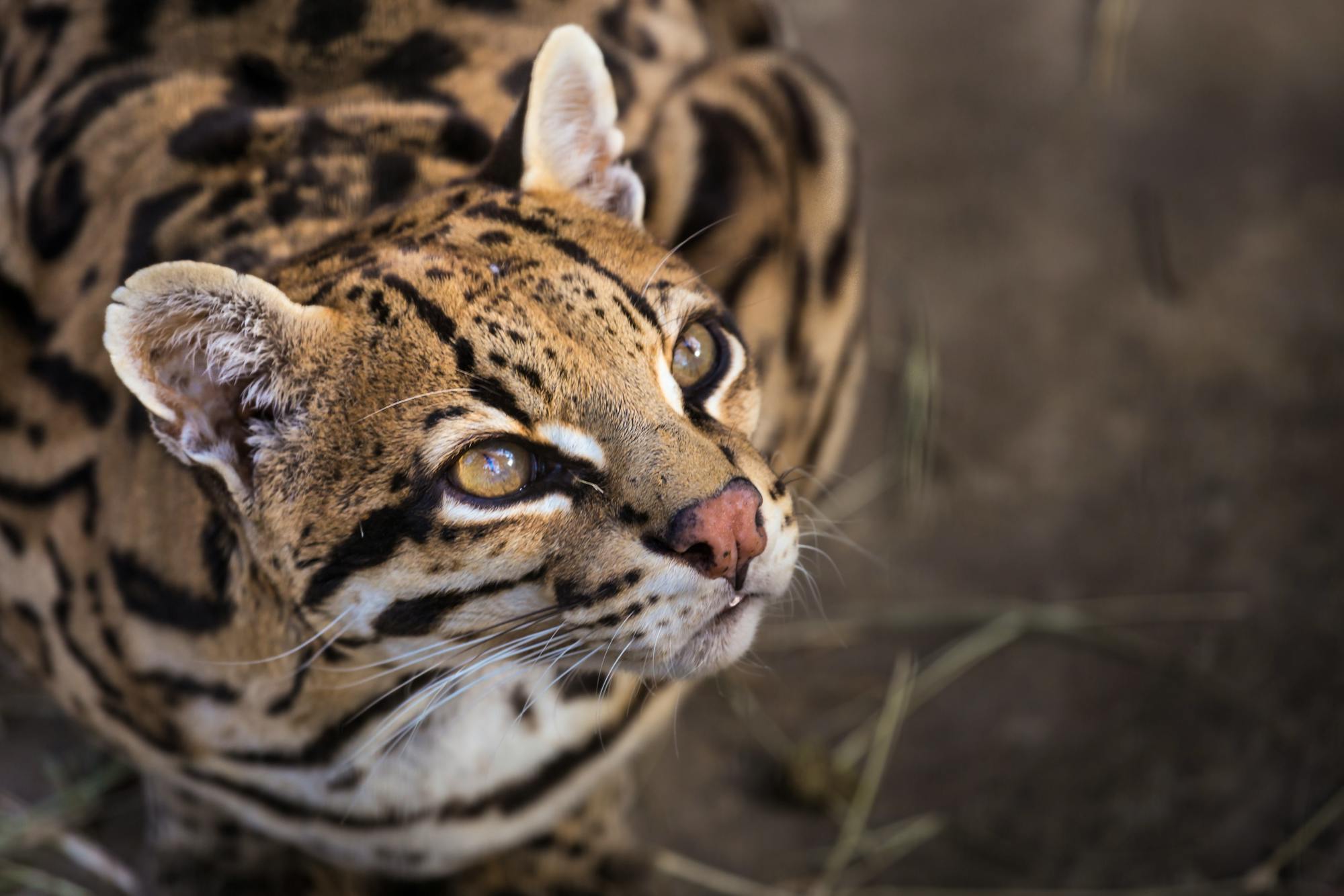A critical effort to restore decimated native forest annually takes place in the Lower Rio Grande Valley – and it couldn’t be done without the South Texans who call this region home.
Rio Reforestation is a community planting event that has united thousands of volunteers over the past three decades to help restore hundreds of acres of retired farmland, returning it to a lush forest important for biodiversity.
For 30 years, Rio Reforestation has brought together record numbers of volunteers. In 2024 alone, 1,600 volunteers joined Defenders of Wildlife, American Forests, U.S. Fish and Wildlife Service and Friends of the Wildlife Corridor to plant 15,141 seedlings across 10 acres of retired farmland in under just four hours.
Why the Rio Grande Valley?
The thornforests of the Lower Rio Grande Valley provide a biodiverse sanctuary for over 1,200 plant species, 530 bird species, 300 butterfly species, and the only known U.S. population of ocelots, a rare and endangered wild cat.
Once spanning over the entirety of the valley, today, less than 10% of thornforest remains. Thornforests are a unique ecosystem of short, spiny shrubs and trees that support 45 species that have been identified as threatened or endangered, making restoration of this habitat essential to South Texas ecosystems.
At each Rio Reforestation, seedlings of various native tree species are carefully selected to support the local ecology of the Rio Grande Valley. The cumulative impact of these plantings is transforming hundreds of acres across the valley, reconnecting fragmented forest patches and re-establishing crucial wildlife corridors.
Defenders and other event organizers are part of the Thornforest Conservation Partnership, a much broader coalition, that is mapping existing land resources and strategically planning reforestation efforts through its Thornforest Conservation Plan. According to the plan, the reforestation potential in the Rio Grande Valley is immense; up to 81,000 acres, with approximately 25,000 acres already under the management of the FWS.
With projections estimating a need for over 12 million trees, even at conservative planting densities (such as 500 trees per acre), the Rio Reforestation initiative is just one part of a much larger effort to restore this ecosystem on public and private lands.
Ocelots and Wildlife Corridors
Defenders of Wildlife is at the heart of ocelot conservation in Texas and supports the effort to connect critical habitat for increased movement of all borderland species.
South Texas is at the northernmost extent of ocelot range. These small wildcats rely on the dense vegetation thorn forests for shelter, protection, and for hunting prey like rodents and birds. The ocelot population is critically low, triggering increasing effort for restoration projects in areas frequently used by these cats, including areas listed in the Thornforest Conservation Plan. At this time, there are no documented ocelots in the Rio Grande corridor due to agricultural development, urban sprawl and border infrastructure.









